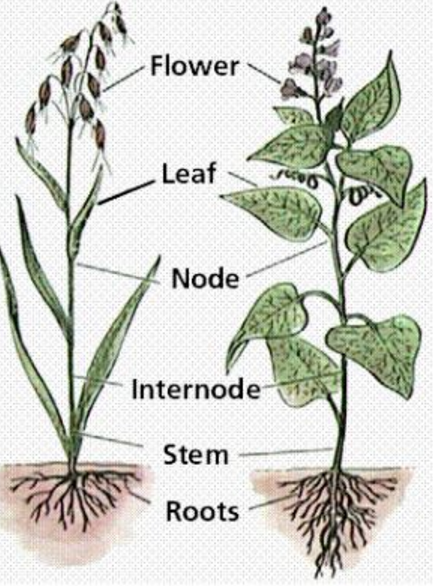Advice for the Home Gardener from the Help Desk of the
UC Master Gardener Program of Contra Costa County
Client's Request: I'm expanding my garden significantly. I really can't afford the cost now to buy a lot of nursery plants. Instead, I'd like to propagate more of my Star Jasmine and Upright Rosemary. Please provide me some guidance on how I can do that.
Help Desk Response: Thank you for contacting the UC Master Gardener Program Help Desk with your questions on the propagation of your upright rosemary and Star Jasmine. With some reasonable care, you should be able to readily propagate these plants for your garden.
Upright Rosemary (Rosmarinus officinalis) is propagated from softwood cuttings of the non-flowering branches in early summer. You can also layer established low branches by scooping a shallow trench, burying the branch, and putting a rock over it to keep it from springing up. There should be enough roots on the new plant in about 6-8 weeks to detach and transplant it to a new location. Rosemary is relatively easy to propagate, that you may also be able to start your softwood cuttings in water and then transplant them to a container mix or possibly into the ground with some tender care and oversight during the initial planting and maintenance.

Star Jasmine (Trachelospermum jasminoides), is propagated by taking semi-hardwood cuttings in summer. Cut a 10- to 12-inch length of vine from a vigorous star jasmine plant. Use clean pruners or a sharp knife to make the cut just below a node, which is a small swelling where a leaf or bud emerges. Divide the vine into 3- to 4-inch stems, with each cut just below a node.
I have attached some additional hints and references below that cover all steps of softwood and semi-hardwood propagation and that also include more detail about what type of planting medium and containers that you can use.
A Few Hints for Successful Propagation:
- Cutting materials should be free from pest and disease, young and succulent, and preferably not flowering. Tip cuttings should be able to bend but not break.
- The cuttings should be dipped into a rooting hormone for inducement to produce roots. Examples of the types of rooting hormones available are Hormex (powder) and Dip n Grow (Liquid). Independent nurseries usually carry these products, and they are also available online (e.g., Amazon, etc.). Low strength hormones should be used for your cuttings. Using too high a concentration of hormone solution will cause the cutting to fail rather than increase the rooting ability. This is where more is not better.
- After cuttings have rooted (generally two to three weeks) they can be moved into a pot with a good garden loam mix. In transplanting cuttings, be careful of their roots. Lift cuttings from their tray by using a fork or a pencil or anything which can be put below to loosen and lift them without disturbing the roots excessively.
- Keep the cuttings in a shaded area, and water regularly. Once their roots have filled out the pot (anywhere from 3 weeks to 6 weeks) they can then be planted into the ground., but will require extra watering and attention for the first several months
Here are some further plant propagation links that should also be informative:
http://ucanr.edu/sites/ucmgnapa/files/81929.pdf
http://ceyolo.ucdavis.edu/files/53420.pd
Please let us know if you have additional questions about propagation of your plants.
Good Luck!
Help Desk of the UC Master Gardener Program of Contra Costa County (SLH)
Don't miss our 2017 Great Tomato Plant Sale:
http://ccmg.ucanr.edu/EdibleGardening/GreatTomatoPlantSale/
Note: The UC Master Gardeners Program of Contra Costa's Help Desk is available year-round to answer your gardening questions. Except for a few holidays, we're open every week, Monday through Thursday for walk-ins from 9:00 am to Noon at 75 Santa Barbara Road, 2d Floor, Pleasant Hill, CA 94523. We can also be reached via telephone: (925) 646-6586, email: ccmg@ucanr.edu, or on the web at http://ccmg.ucanr.edu/Ask_Us/ MGCC Blogs can be found at http://ccmg.ucanr.edu/HortCoCo/ You can also subscribe to the Blog (//ucanr.edu/blogs/CCMGBlog/).